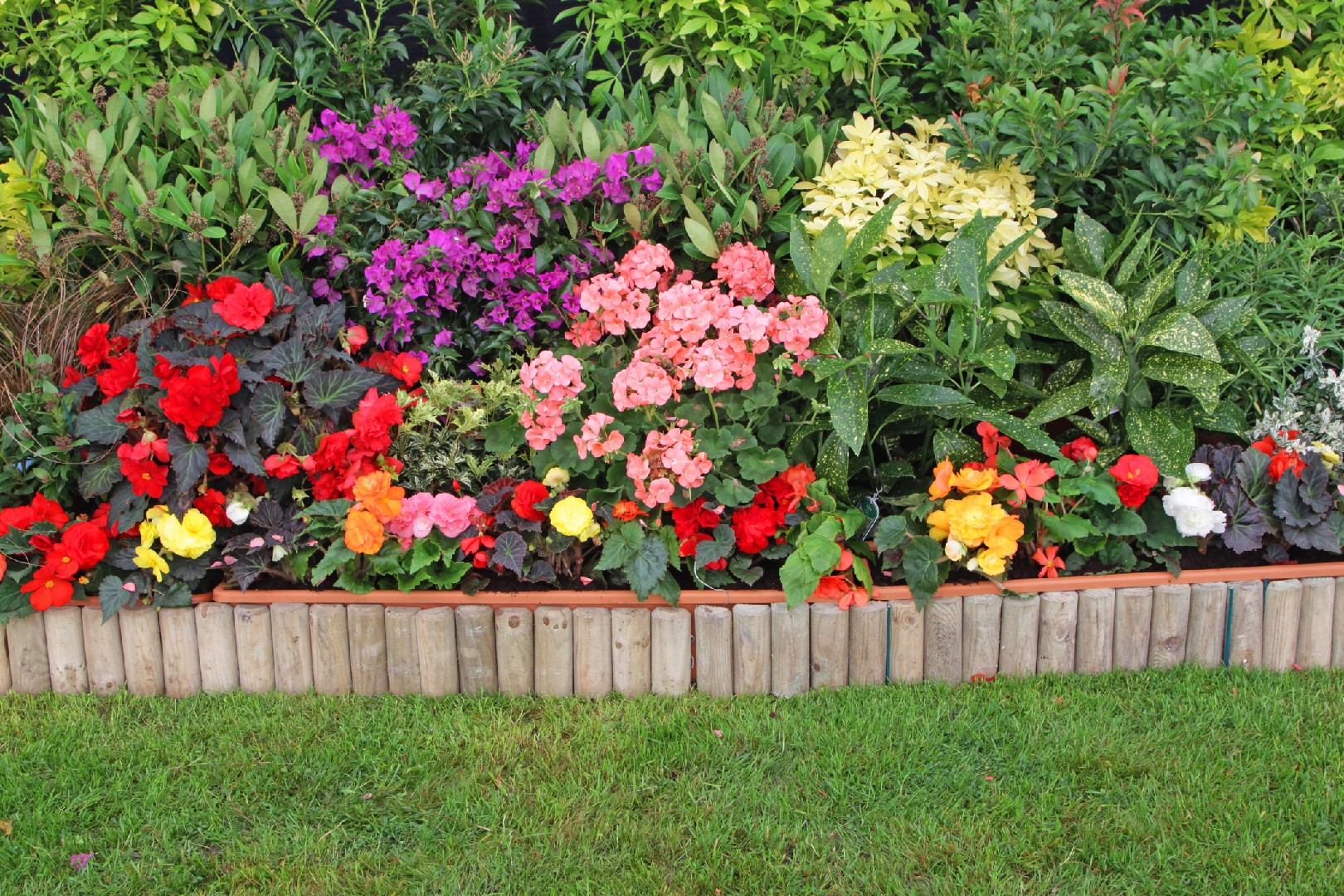![Rectangle]()
Designing Your Flower Bed: Arrangement, Variety, and Colors
Designing an annual flower bed is a creative process that requires careful thought and planning. By considering various design elements like height, color scheme, flower form, and textures, you can create a stunning display of colors that will last all year round.
When arranging your flower bed, it's important to think about the overall look you want to achieve. Start by choosing a color scheme that complements your existing landscape or house colors. You can choose complementary colors, such as purple and yellow, or create a monochromatic bed with different shades of the same color. The choice is yours, but make sure it is visually pleasing and harmonious.
In addition to color, consider the heights of the flowers in your bed. Tall flowers, like delphiniums or foxgloves, can be placed at the back of the bed to create depth and provide a backdrop for shorter plants. Medium-sized plants, such as zinnias or snapdragons, can be arranged in the middle, while low-growing flowers, like alyssum or lobelia, can be placed at the front.
Another important design element to consider is flower form. Flowers can have different shapes and structures, such as spikes, clusters, umbels, or daisy-like heads. By incorporating a variety of flower forms in your bed, you can add visual interest and create a more dynamic display.
Don't forget about textures! Some flowers have smooth petals, while others have more intricate or ruffled edges. By combining different textures in your flower bed, you can add depth and dimension. For example, you can pair the smooth petals of marigolds with the lacy flowers of cosmos or the fuzzy leaves of lamb's ear.
To create a fuller look, consider flower layering techniques and plant density. Layering involves planting flowers in different heights and staggering blooms to create a more natural and lush appearance. Plant density refers to the number of plants per square foot. By planting flowers closer together, you can achieve a denser and more impactful display.
When designing your flower bed, it's essential to consider bloom times. By choosing flowers that bloom at different times throughout the year, you can ensure a continuous display of color. Start with early spring bulbs like tulips or daffodils, then transition to summer annuals such as petunias or begonias. In the fall, switch to flowers like chrysanthemums or asters. By planning ahead, you can enjoy a year-round splash of color in your garden.
In conclusion, designing an annual flower bed requires careful consideration of various design elements like height, color scheme, flower form, and textures. By incorporating flower layering techniques, plant density, and considering bloom times, you can create a stunning display of colors that will last throughout the year. So get creative, experiment with different combinations, and enjoy the beauty of your year-round splash of color.





